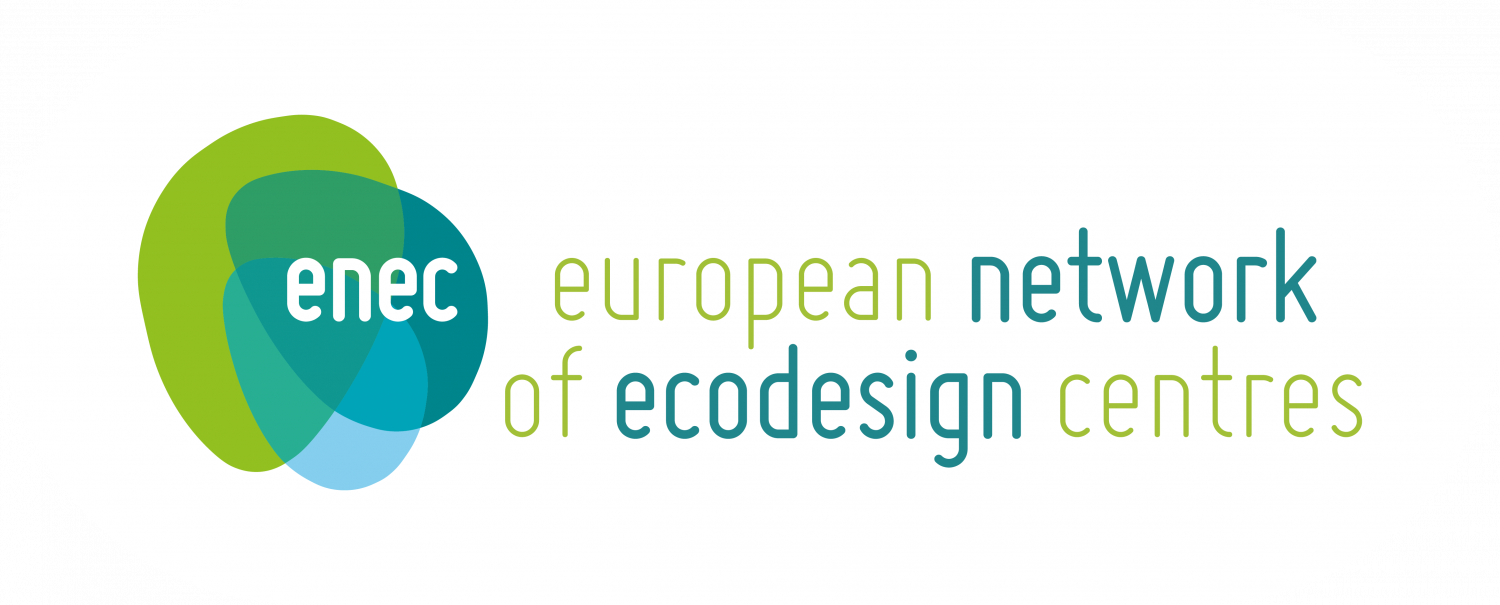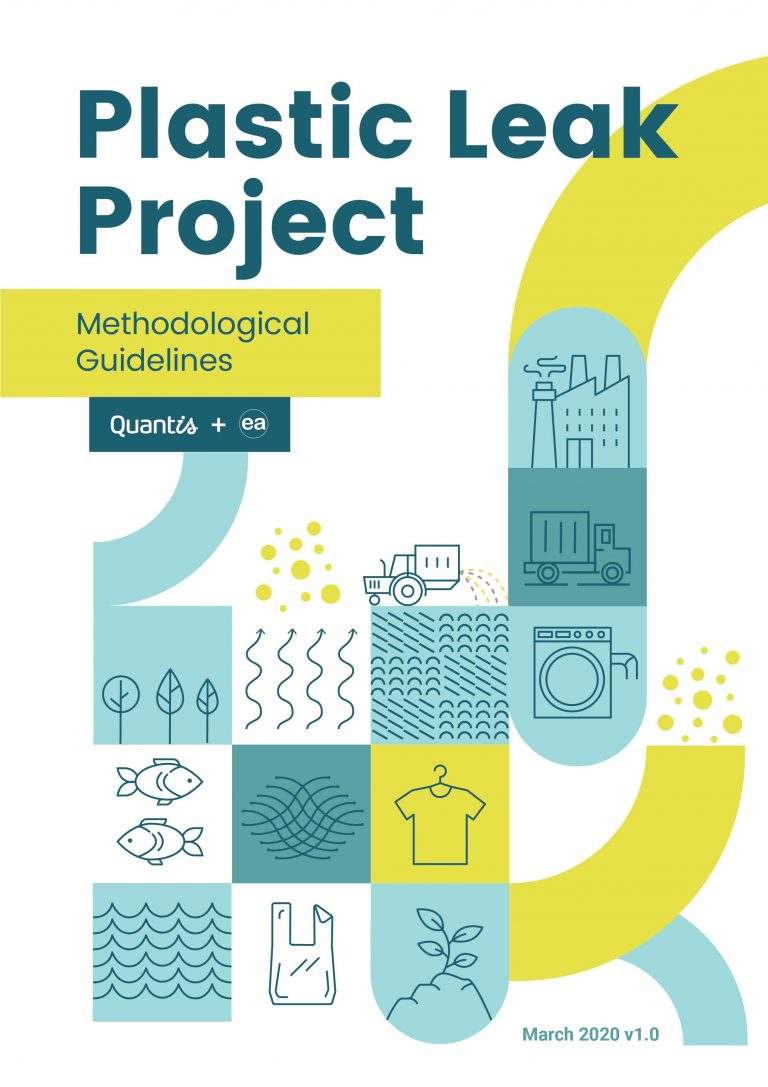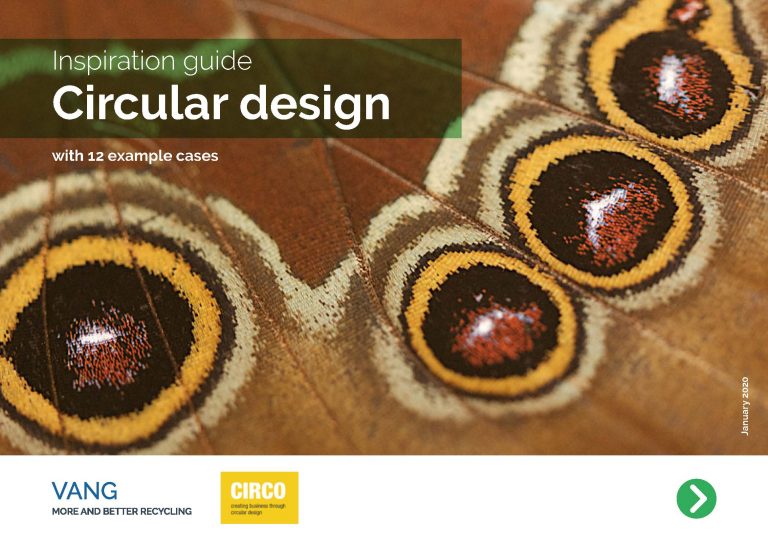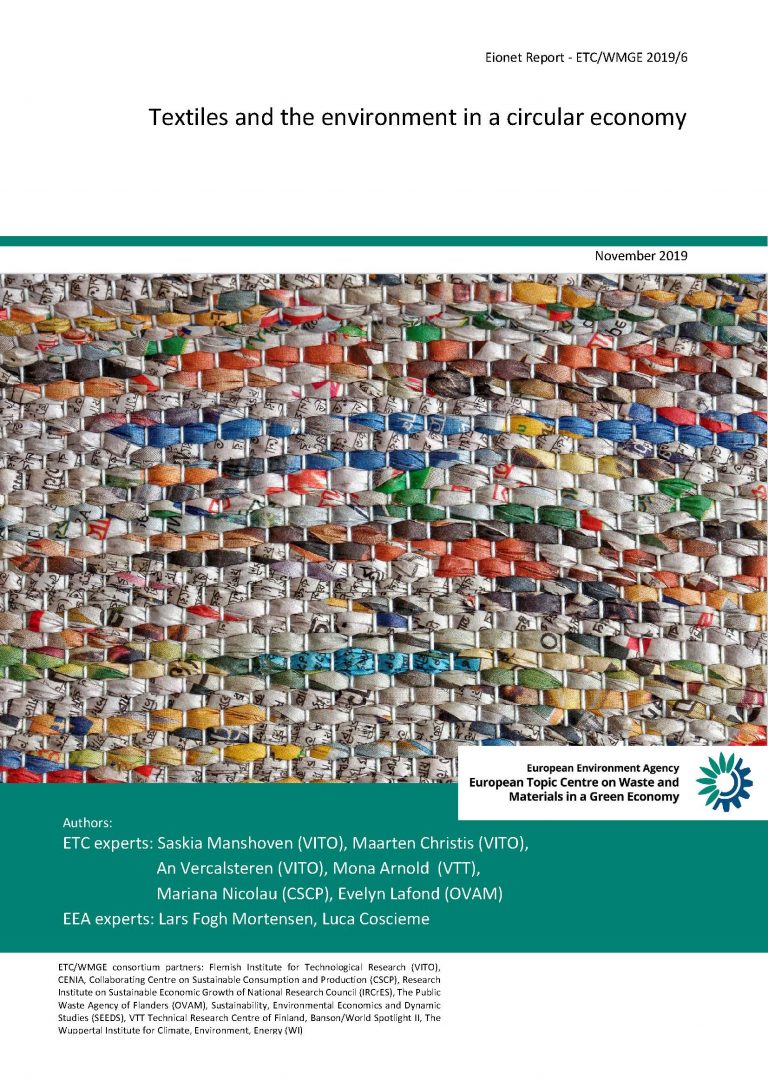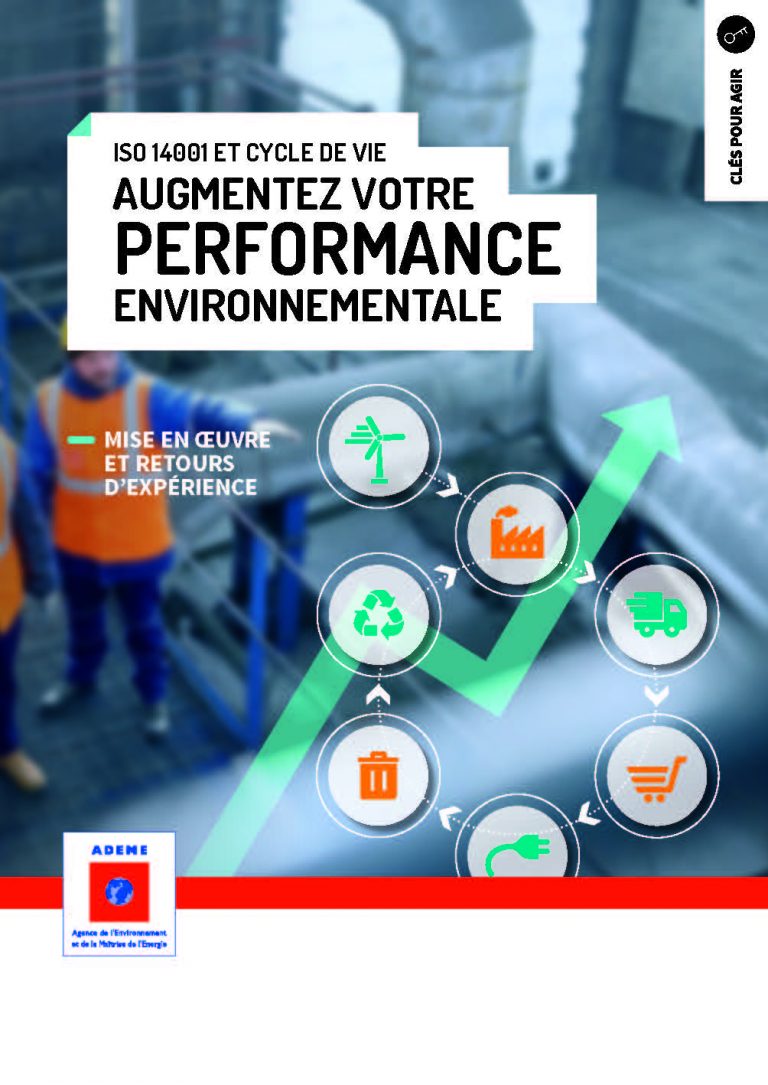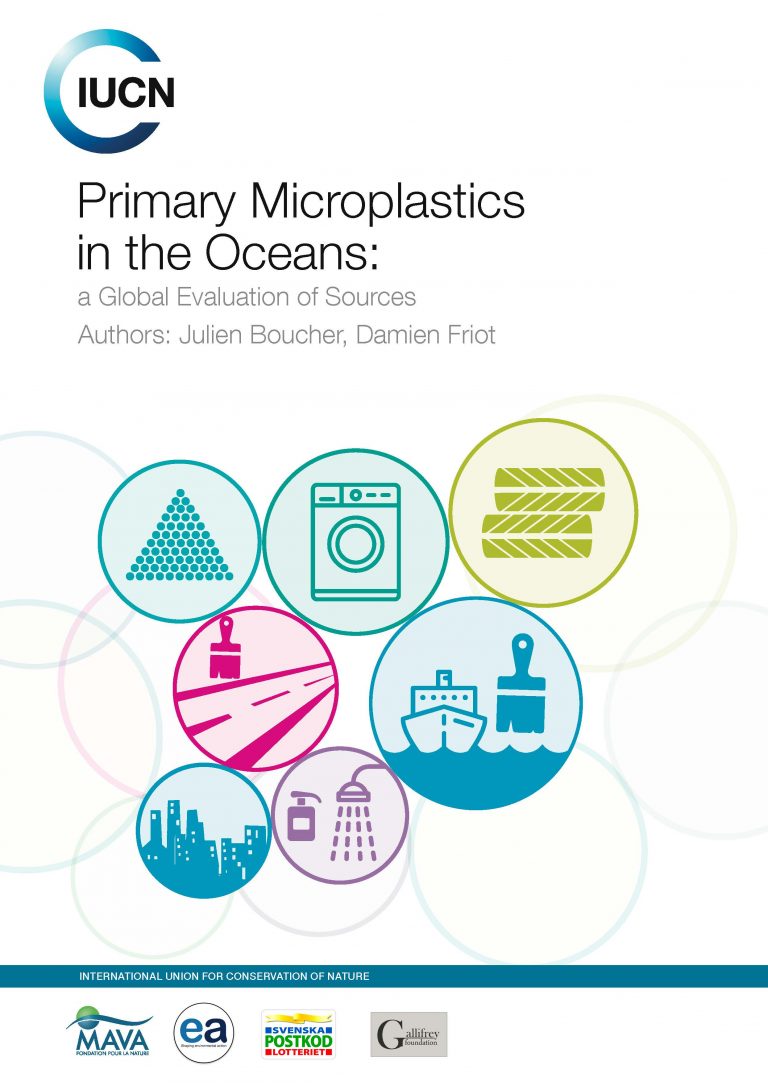The enec members work on own papers for and with their companies and place them at the disposal.
Different ecodesign subjects are carefully examined.
Ecodesign Criteria for consumer textiles
This research project lists ecodesign criteria for circular fashion and textiles.
It focused on giving consumer textiles a longer lifespan with optimal reuse potential, making disassembly and recovery possible, and exploring upcycling and high-quality recycling. Extending the life of textile products turned out to have the greatest impact in the short term. Quality seems to be the most impactful ecodesign criterion when it comes to improving the sustainability and circularity of consumer textiles as quickly as possible.
The project defined seven product categories, identifying a set of minimum criteria for each. The report looks at existing labels, standards and regulations and the authors hope it will help expand the Ecodesign Directive by adding a textile category. (2021)
Plastic Leak Project - Methodological Guidelines
This report was developed by a joint team from Quantis and EA and reviewed by PLP members and the Advisory Board.
Plastics are widely used materials: between 1950 and 2017, global production of plastics steadily increased to 415,000,000 t/year. Plastics are produced mainly in the form of pellets, resins, powders, synthetic fibers for textiles, and synthetic rubber for tires and other applications.
To increase material circularity, leakage of plastic from the human technosphere must be reduced, and ultimately prevented. Growing urgency and awareness around the issue of plastic leakage is driving companies and public authorities to make bold commitments to reduce their plastic leakage.
The Plastic Leak Project (PLP) thus aims to provide a meaningful contribution to mitigate plastic leakage by supporting companies in identifying the most relevant and fruitful actions and
strategies to “close the tap”. (2020)
Inspiration guide - Circular design
With twelve diverse examples of circular products, this guide inspires every party throughout the chain to start working in a circular way.
The examples vary from packaging to electronic products and materials for construction, and each case uses a different angle and approach to connect to a circular economy. There is no single solution for all products, and this is reflected in the cases described. (2020)
Textiles and the enviroment in a circular economy
Textiles play an important role in European manufacturing industry, trade and retail, contributing considerably to economic growth and job creation within Europe and abroad. On the other hand, European textile production and consumption patterns generate significant and growing negative environmental and social impacts in Europe and other regions of the world.
This report is written by ETC and EEA and analysis the textile industry regarding to trends in production and consumption and its enviromental and social impact. Above it examines the approach of a circular production system for textiles instead of the currently established linear production system. (2019)
Review of plastic footprint methodologies
This publication is part of IUCN’s Close the Plastic Tap Programme and provides a review of existing methodologies to identify the abundance and distribution, types and sources, as well as pathways and sinks of plastic pollution at different scales.
According to this report, what is currently lacking is a standardised methodology to appropriately assess how much plastic is leaking into oceans and to measure how harmful this leakage is for ecosystems and human health. The report finds that most existing methodologies focus on assessment of plastic usage, waste or recycling rates.
The text also underlines the critical need to adopt a holistic, all-encompassing approach to measuring the impact of plastic pollution, one that assesses the entire value chain of plastic products and their entire life cycle. (2019)
ISO 14001 et cycle de vie Augmentez votre performance environnementale
En 1996 paraissait la première version de la norme ISO 14001, offrant aux entreprises et organismes un cadre pour protéger l’environnement à travers l’élaboration, la mise en oeuvre et le suivi d’un système de management environnemental. Les deux premières versions (1996 et 2004) encourageaient la réduction des impacts à la source en restant in situ, à l’intérieur, géographiquement, de l’enceinte des organismes, sans prendre en compte la chaîne de valeur dans laquelle ceux-ci s’inscrivent. (2018)
Primary Microplastics in the Oceans: a Global Evaluation of Sources
The Plastic Leak Project develops better metrics to assess plastic leakage. This inventory method will allow better account for plastic pollution when using LCA for ecodesign projects.
This project is lead by EA and Quantis and supported by 20 companies as well as IUCN and UNenvironnement. The project covers the packaging industry, the textile industry as well as the tyre industry. The project will yield a publique available guidance document, available at the end of 2019. (2017)
